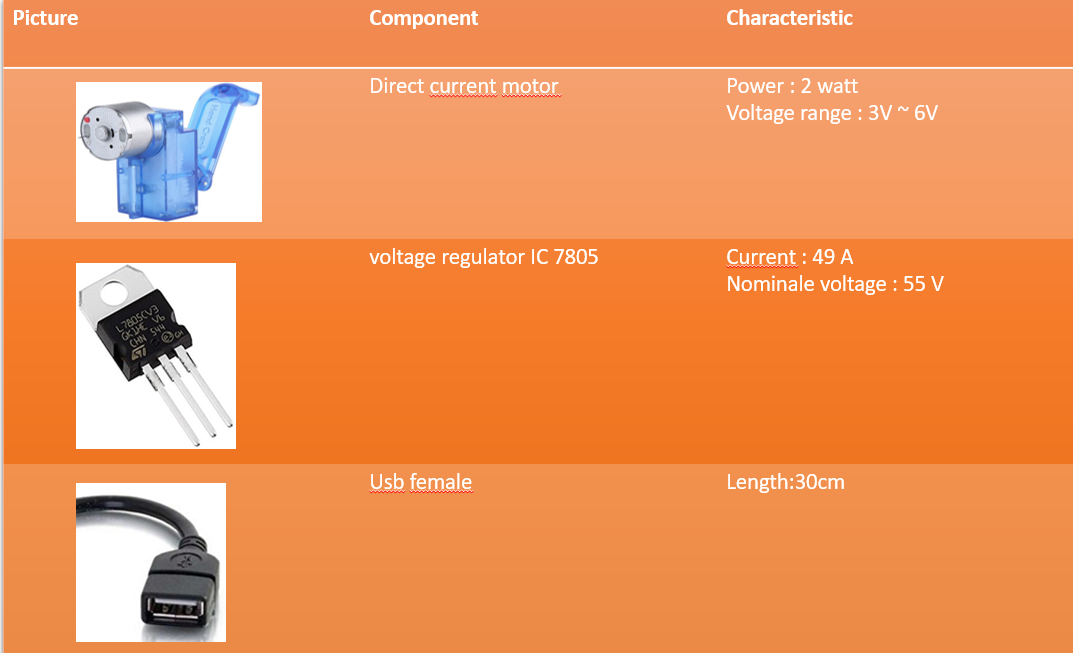At the beginning of the project, we have done a brainstorming with all the group to regroup our idea. All the group were agreeing to do a project about conversion of energy. The idea was to convert mechanical energy to electric energy. We were inspiring by article we have seen:
Cyr proposed to convert water energy, like turbine to create electrical energy.
After the brainstorming, the idea is to create a charger to your phone with your hand
